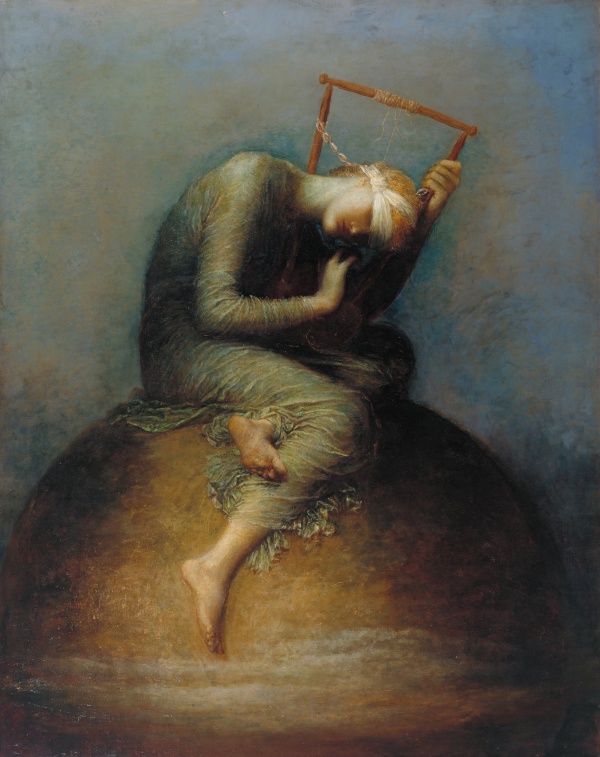Facts About Hope (painting)
"Hope" is a captivating Symbolist oil painting by George Frederic Watts, completed in 1886. It depicts a blindfolded woman sitting atop a globe, playing a lyre with only a single remaining string. Watts employed distinctive symbolism, initially eliciting mixed reactions. Many art critics were perplexed by its ambiguous message. However, the painting garnered appreciation from the Aesthetic Movement, which valued its beauty and profound symbolism.
Watts generously donated the original painting to the nation and created a second version, which is the one most commonly recognized today. "Hope" became immensely popular through reproductions and prints. Although Watts's fame diminished over time, "Hope" maintained its influence. The painting inspired various interpretations and references, figuring prominently in the speeches of Martin Luther King Jr. and Barack Obama, and even influencing artists like Pablo Picasso.
The composition and reception of "Hope" reflect the evolving cultural and philosophical ideas of the late 19th century. Its legacy extended well into the 20th century, accompanied by stories and myths regarding its impact. While some deemed it outdated, "Hope" remained significant in popular culture and politics, notably influencing Obama's presidential campaign.

 Ireland
Ireland